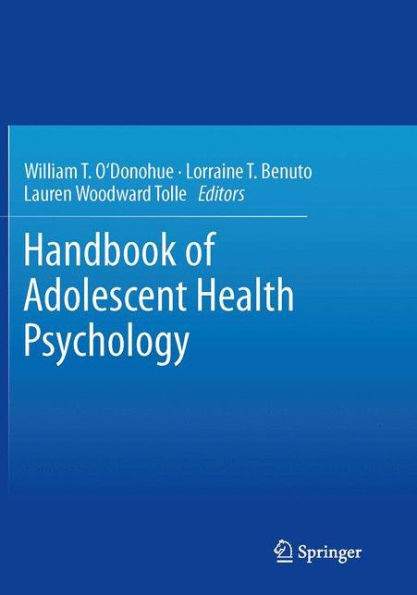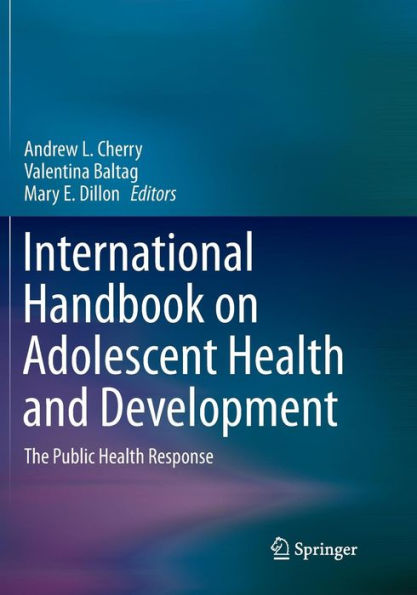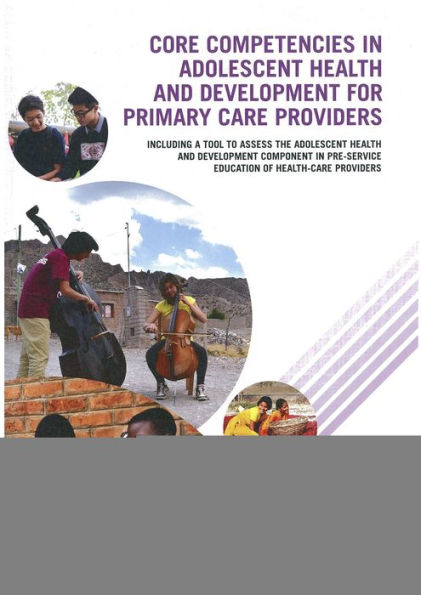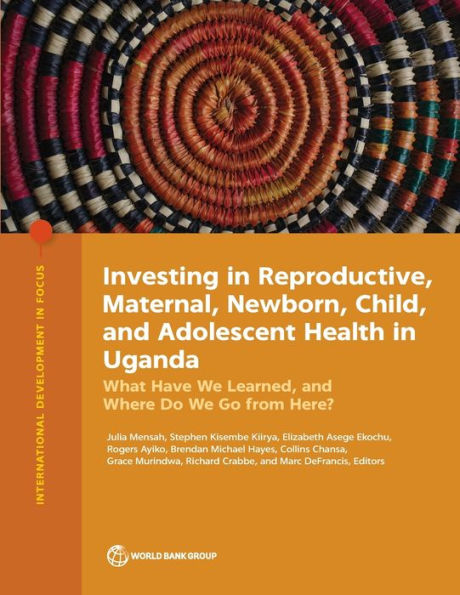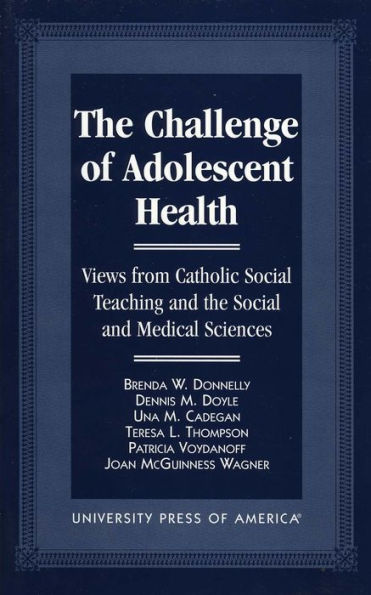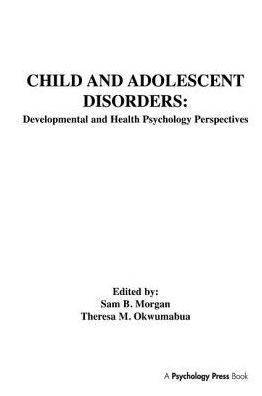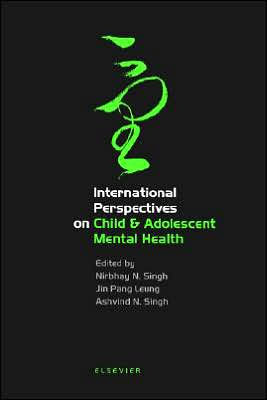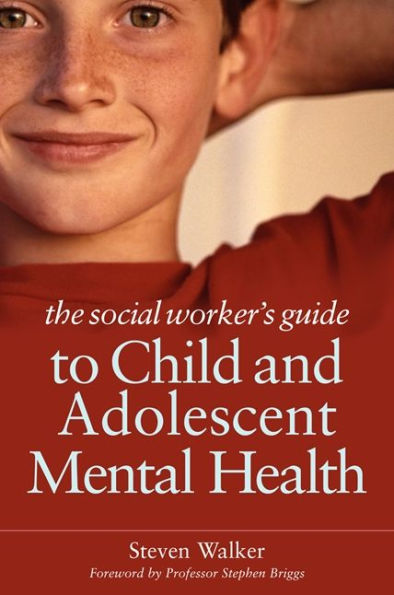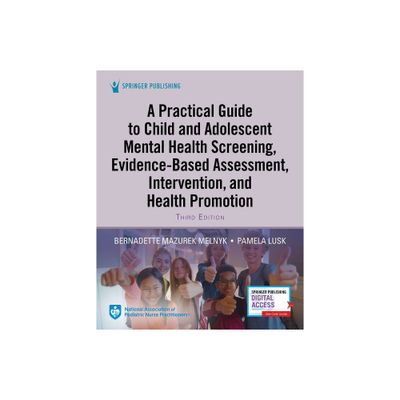Home
Encyclopedia of Child and Adolescent Health
Loading Inventory...
Barnes and Noble
Encyclopedia of Child and Adolescent Health
Current price: $2,600.00
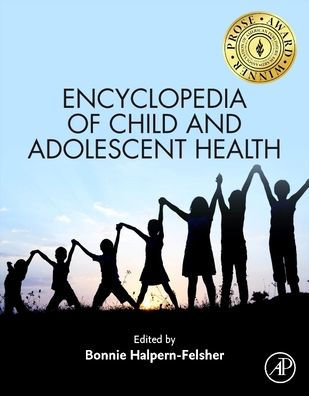

Barnes and Noble
Encyclopedia of Child and Adolescent Health
Current price: $2,600.00
Loading Inventory...
Size: OS
*Product Information may vary - to confirm product availability, pricing, and additional information please contact Barnes and Noble
**Association of American Publishers (AAP) PROSE Award Winner in Clinical Medicine, 2024 and Reference Works & Textbooks Multivolume, 2024**
Informed by the Biopsychosocial Model, this
Encyclopedia of Child and Adolescent Health
examines multiple aspects of child and adolescent development and physical and mental health. According to the Biopsychosocial Model, health is determined by the reciprocal interactions between biological (e.g., genetics, physical development, family health history), psychological (e.g., mental health, identity developmental, attitudes), and social (e.g., family, peers, school, social supports) factors. This theory posits that each one of these factors alone is not sufficient to understand health; instead, it is important to understand how these interactive components ultimately influence health outcomes.
In addition to the Biopsychosocial Model, this
has a translational approach. Each section and all applicable entries include a discussion of prevention or intervention efforts that can inform health and health promotion, and prevent health risks.
Informed by the Biopsychosocial Model, this
Encyclopedia of Child and Adolescent Health
examines multiple aspects of child and adolescent development and physical and mental health. According to the Biopsychosocial Model, health is determined by the reciprocal interactions between biological (e.g., genetics, physical development, family health history), psychological (e.g., mental health, identity developmental, attitudes), and social (e.g., family, peers, school, social supports) factors. This theory posits that each one of these factors alone is not sufficient to understand health; instead, it is important to understand how these interactive components ultimately influence health outcomes.
In addition to the Biopsychosocial Model, this
has a translational approach. Each section and all applicable entries include a discussion of prevention or intervention efforts that can inform health and health promotion, and prevent health risks.

